This year, 2023, is a very special year – Sweden is celebrating 500 years as an independent nation. The quincentenary celebrations are ongoing throughout the year, but will be particularly noticeable on Sweden’s National Day, which is celebrated annually on 6 June.
A year of celebration
What’s in a number? Why plenty, if you ask us!
2023 truly is a jubilee year for Sweden, as the country boasts 500 years worthy of a celebration.
It’s a year with more than one Swedish milestone, featuring everything from royals and opera to rollercoasters and the Nobel Prize Banquet. But at the heart of it all is independence and democracy.
Intrigued? Then hop along as we take you through the numbers.
What happened 500 years ago?
On 6 June 1523, Gustav Vasa was elected as Sweden’s king by an assembly in Strängnäs, 59 kilometres west of Stockholm. Following his election, Sweden left the Kalmar Union with Denmark and Norway. Sweden thus became an independent nation – which it has remained ever since.
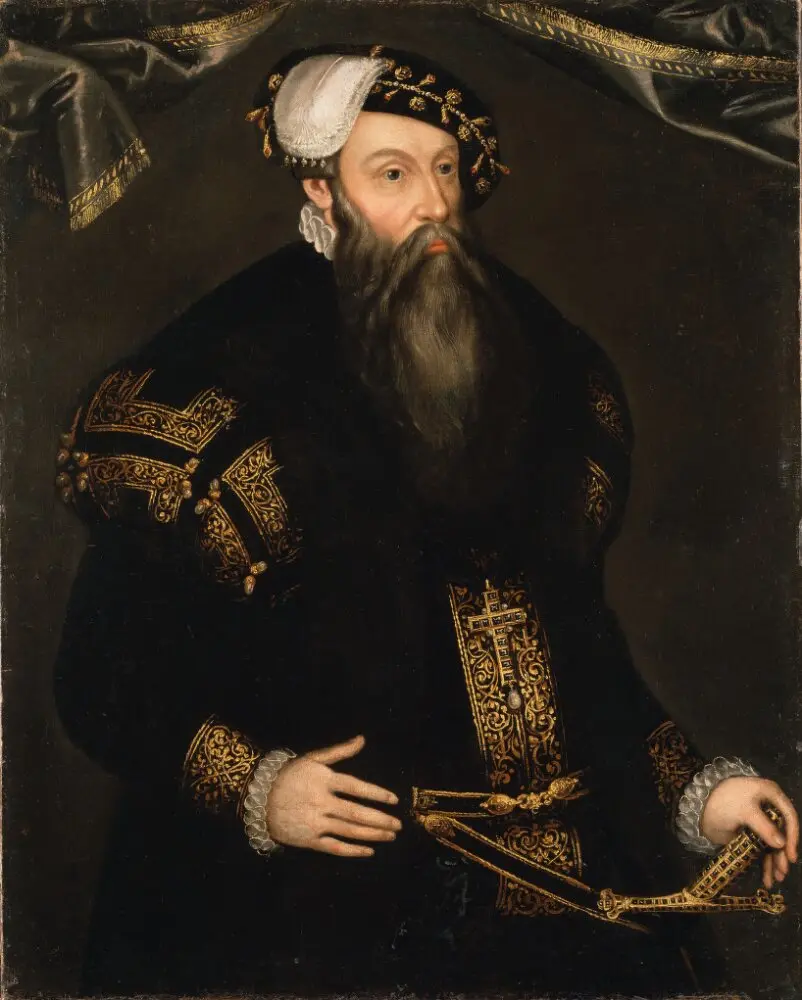
That year, on 6 June to be exact, Gustav Vasa was elected King of Sweden. With Gustav Vasa elected, Sweden left the so-called Kalmar Union with Denmark and Norway, and once again became independent. The historic place where Gustav Vasa was elected? Strängnäs, 59 kilometres west of Stockholm.
Under King Gustav Vasa, the Protestant Reformation was introduced and the church was nationalised. During King Gustav Vasa’s reign, Sweden would also lay the foundations of the strong central governance it would develop over centuries to come.
Royal Jubilee Year 2023
This year is a royal jubilee year in two senses. Not only is it 500 years since Gustav Vasa was crowned king – this year also marks 50 years on the throne for His Majesty King Carl XVI Gustaf, Sweden’s current and longest reigning monarch.
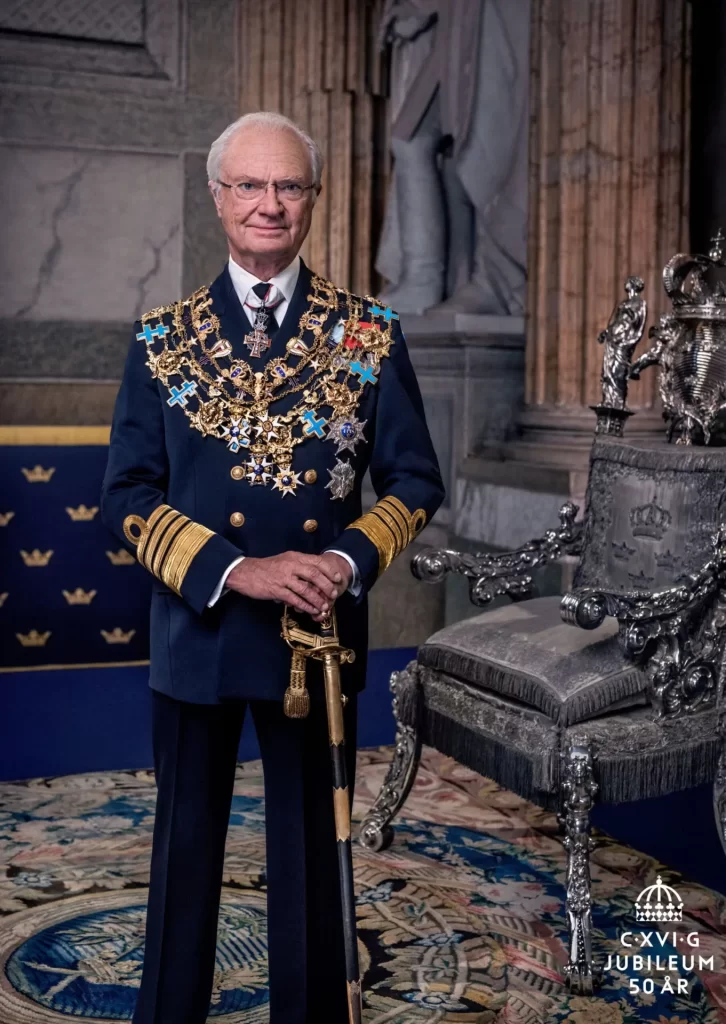
King Carl XVI Gustaf
2023 also marks 50 years on the throne for King Carl XVI Gustaf, Sweden’s current monarch.
As head of state, King Carl XVI Gustaf is the country’s foremost unifying symbol. According to the constitution, he has no political affinity or formal powers, and his duties are mainly of a ceremonial and representative nature.
He became King of Sweden on 15 September 1973, following the death of King Gustaf VI Adolf.
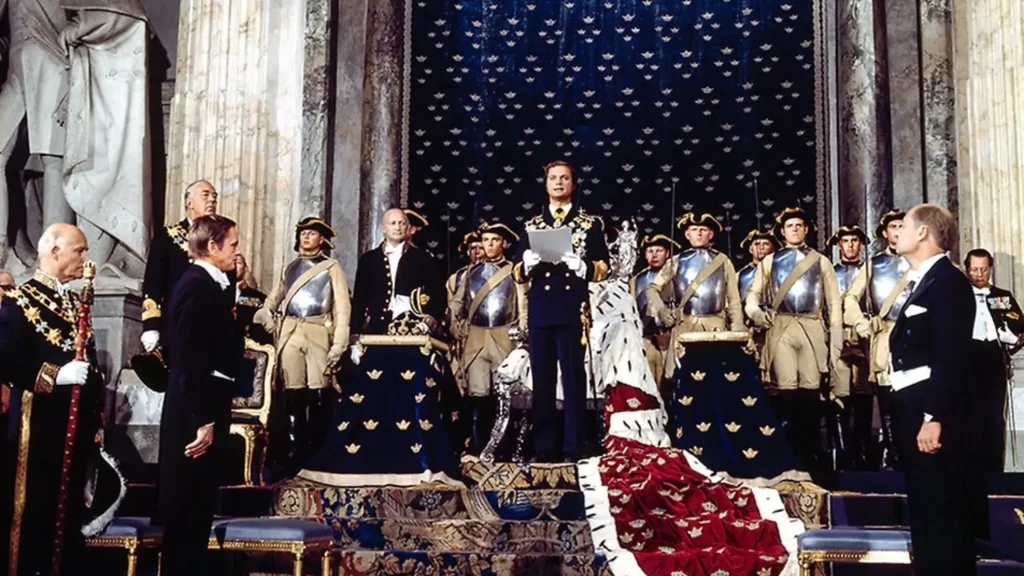
Fast-forward to today, and King Carl XVI Gustaf can boast the title as the longest reigning monarch in Swedish history, with more than 80 state visits abroad.
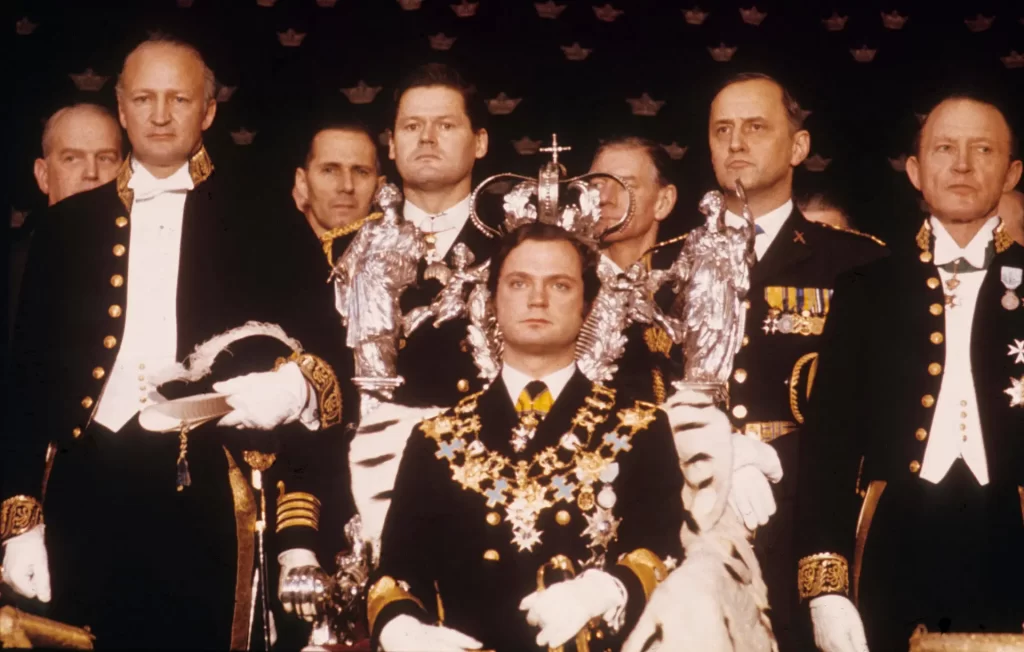
All set to follow in his footsteps is Crown Princess Victoria. In 1980, the Succession Act was made gender-neutral, which turned Princess Victoria – the oldest of Carl Gustaf’s three children – into Crown Princess Victoria.
As a celebration of his 50 years on the throne, King Carl XVI Gustaf is paying visit to all 21 of Sweden’s regions during the course of the year, together with Queen Silvia. Hosted by the respective governors, these visits are an opportunity to meet with the people.
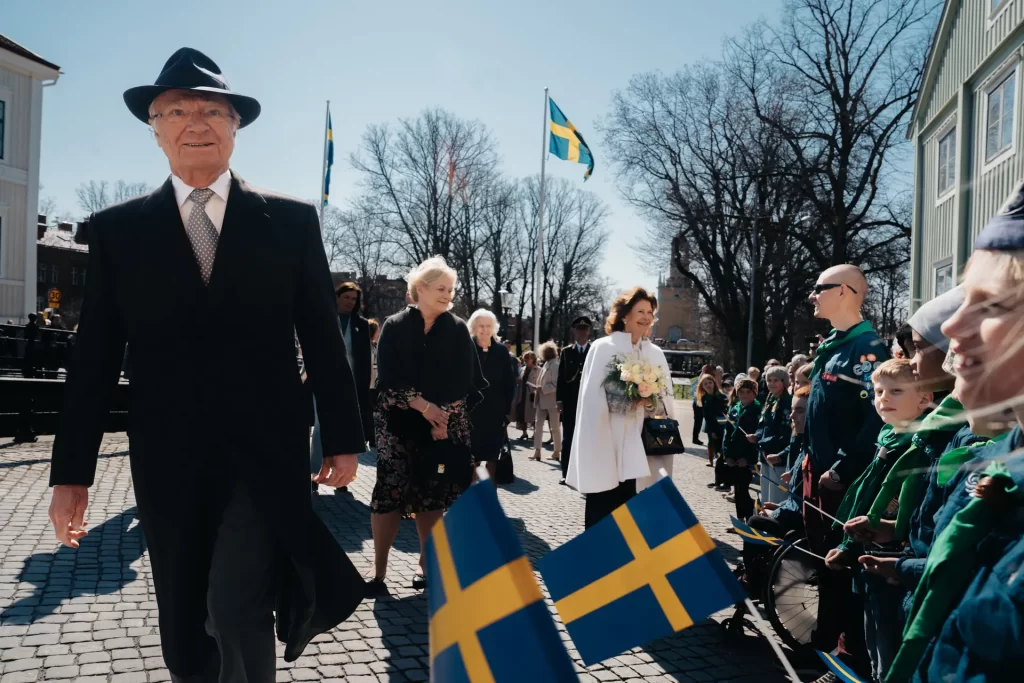
8 milestones in Sweden’s route to a centralised democracy:
- 1634 The country’s first form of government is adopted, initiated by Chancellor Axel Oxenstierna. It’s the beginning of a more organised state, with daily functions independent of the King. It’s decided that the royal house, government, Riksdag (parliament) and central administration of Sweden are all to be located in Stockholm.
- 1723 The new Riksdag Act is introduced and becomes the first of its kind to be put into the Swedish constitution. The act comes with a new voting system where an opposing majority will outweigh the King in a decision – another first in Sweden’s history.
- 1766 Sweden became the first country in the world to write freedom of the press into its constitution. With freedom of press came also the principle of public access to official documents, which gave people the possibility to scrutinise both public offices and politicians.
- 1809 Sweden adopted a new constitution, which changed how the power was to be divided between the Riksdag (parliament) and the King. The principle of separation of powers becomes central in the Instrument of Government, with greater distinction made between legislative, judicial and executive power. Sweden also established the Office of the Parliamentary Ombudsmen – the world’s first of its kind. To date, this is the body citizens can turn to with complaints about public authorities.
- 1917 Parliamentarism is introduced. The government is now accountable to the Riksdag and must have its support, while the Riksdag is accountable to the people. The King no longer gets to choose the government.
- 1921 For the first time, women get to vote in parliamentary elections and run for office. After the election, five women enter the Riksdag.
- 1950 The Riksdag introduces nine years of compulsory schooling for everyone. Sweden’s first steps of compulsory schooling date back to 1842, when it became a requirement for every city and parish to provide at least one school, with one elementary school teacher.
- 1974 Sweden’s current Instrument of Government comes into force.
The Royal Swedish Opera
This year’s 250-year birthday child is the Royal Swedish Opera, a real institution of Swedish culture.
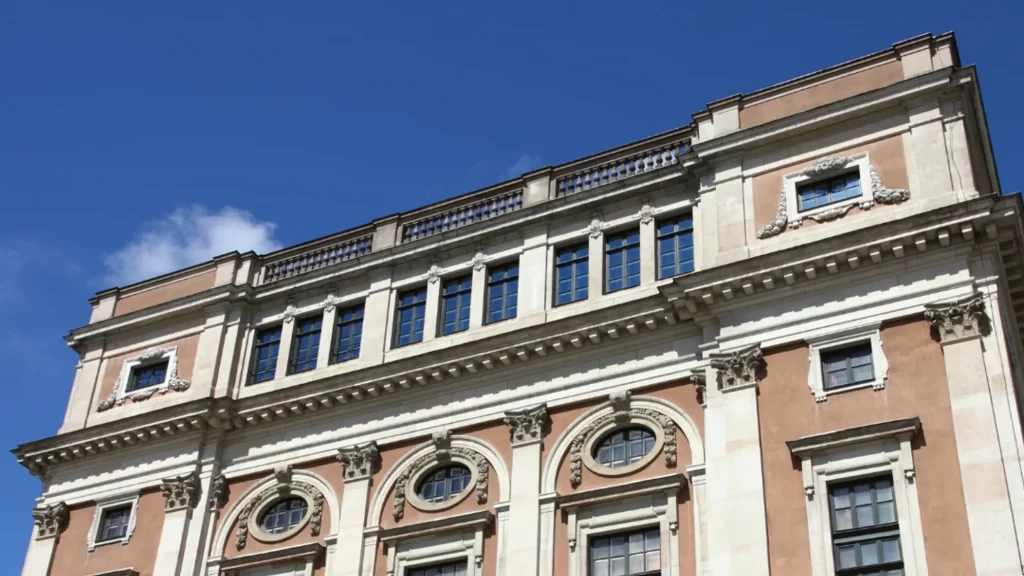
Sweden’s national theatre for opera and ballet had its very first performance back in January 1773. It was founded by King Gustav III, a real king of fine arts who wanted a Swedish ensemble of performers, capable of singing opera in Swedish.
The opera’s choir has been continuously active since then, making it one of the world’s oldest professional choir ensembles.
Today’s Royal Swedish Opera house was inaugurated by King Oscar II in 1898 and is located in central Stockholm.
An opera about the opera
In 1792, the founder of the Royal Swedish Opera, King Gustav III was shot at a masquerade ball held at the opera. This led to his death two weeks later, and Italian composer Giuseppe Verdi would write an opera about it – ‘Un ballo in maschera’.
The Sámi Parliament
The Sámi are one of the world’s indigenous people and one of Sweden’s official national minorities. This minority status means that they have special rights and that their culture, traditions and languages are protected by law.
2023 marks 30 years since Sametinget – the Sámi Parliament – was inaugurated in Sweden, following decades of organised Sami political work for autonomy.
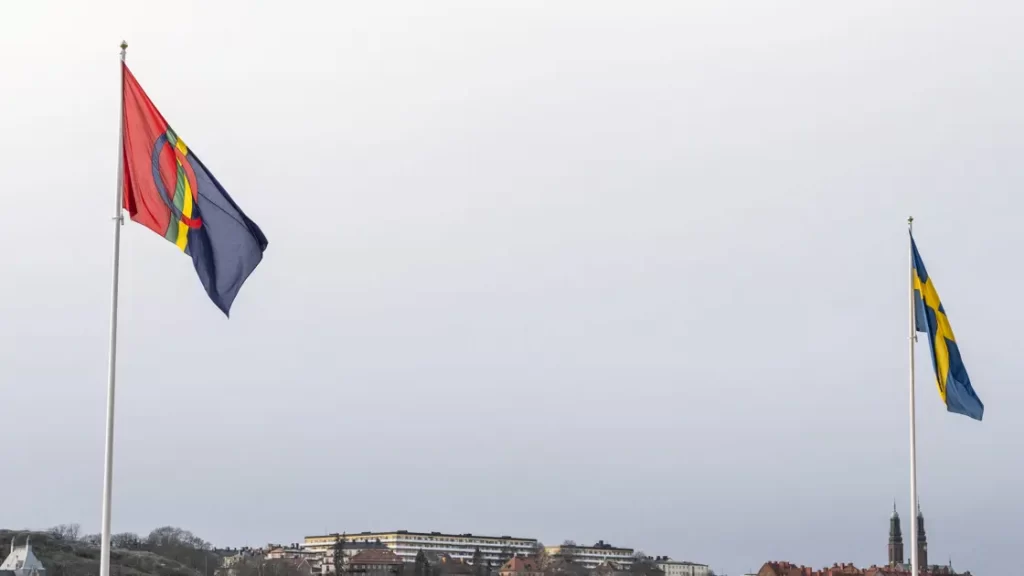
Sametinget, established in 1993, is both a parliament and a government agency, with its largest office in Kiruna in the very north of Sweden.
The parliament is made up of 31 members, elected for four years, who convene three times a year. Those on the Sámi electoral register – open to those who speak Sámi and define themselves as part of Sámi society – are eligible to vote.
As a government agency, the Sámi Parliament has the daily responsibility of taking care of tasks concerning Sámi culture, languages and Sami industries such as reindeer herding. It serves directly under the Swedish Ministry of Cultural Affairs.
Stockholm City Hall
A list like this one would not be complete without centenaries.
Thankfully, we have a real marvel of architecture celebrating 100 years of beauty, along with plenty of brains!
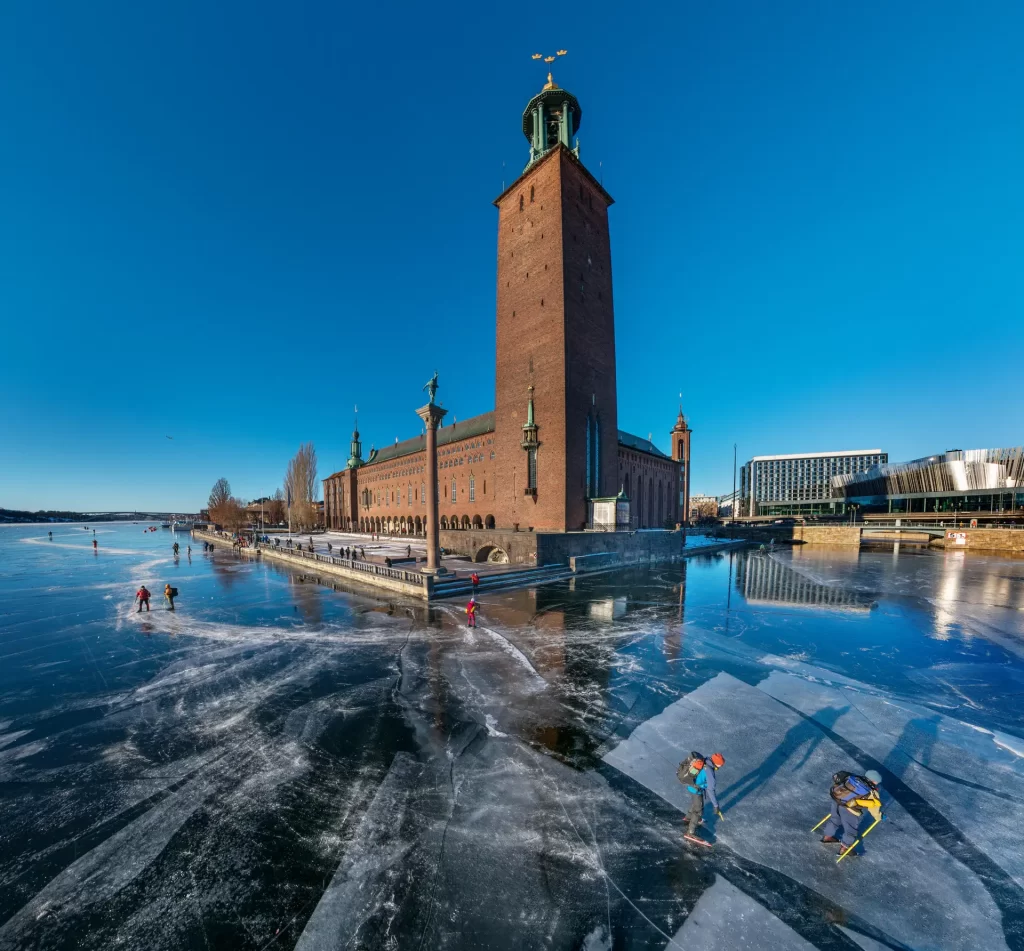
Stockholm City Hall, inaugurated in 1923, is one of Stockholm’s most famous silhouettes. Designed by architect Ragnar Östberg and built from eight million bricks, it’s one of Sweden’s leading examples of national romanticism.
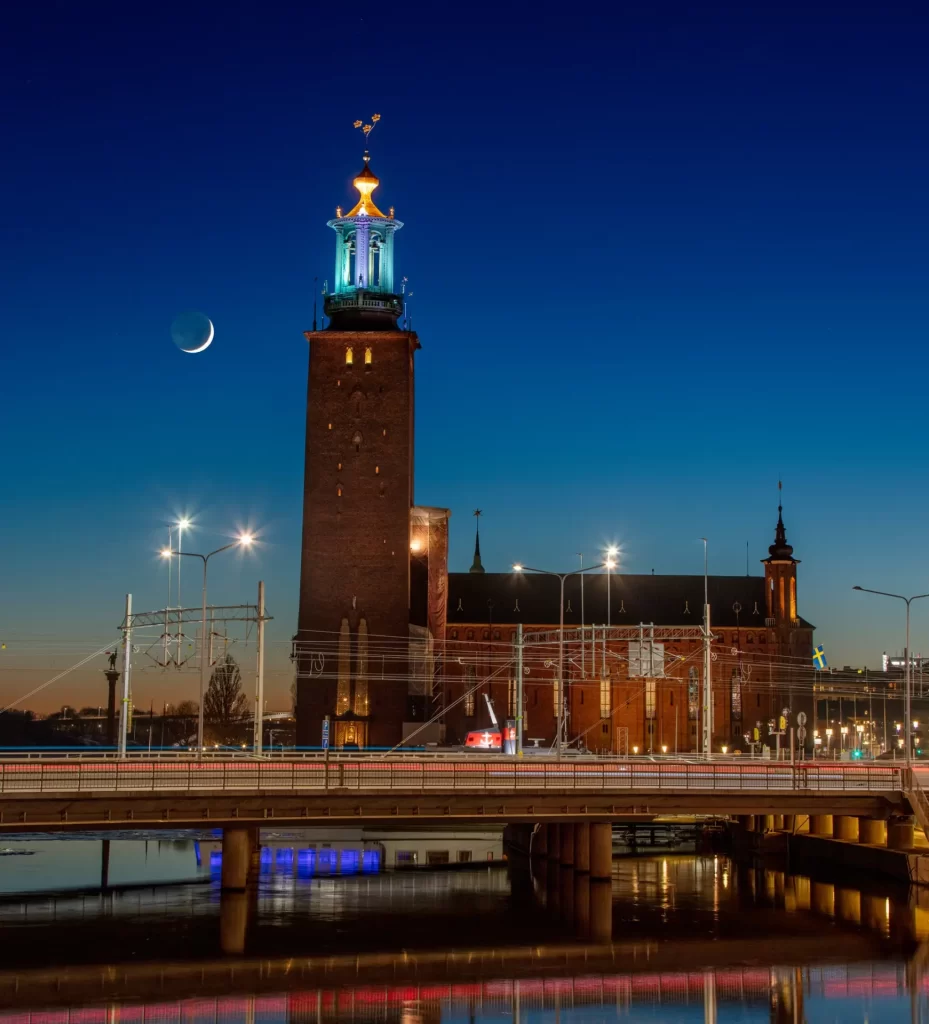
Internationally, its interiors are probably more known. Every year on 10 December, the Nobel Banquet is held in the Blue Hall, bringing together Nobel Prize laureates with royalties and other guests. It’s followed by dancing in the Golden Hall, made of 18 million gold mosaic tiles.
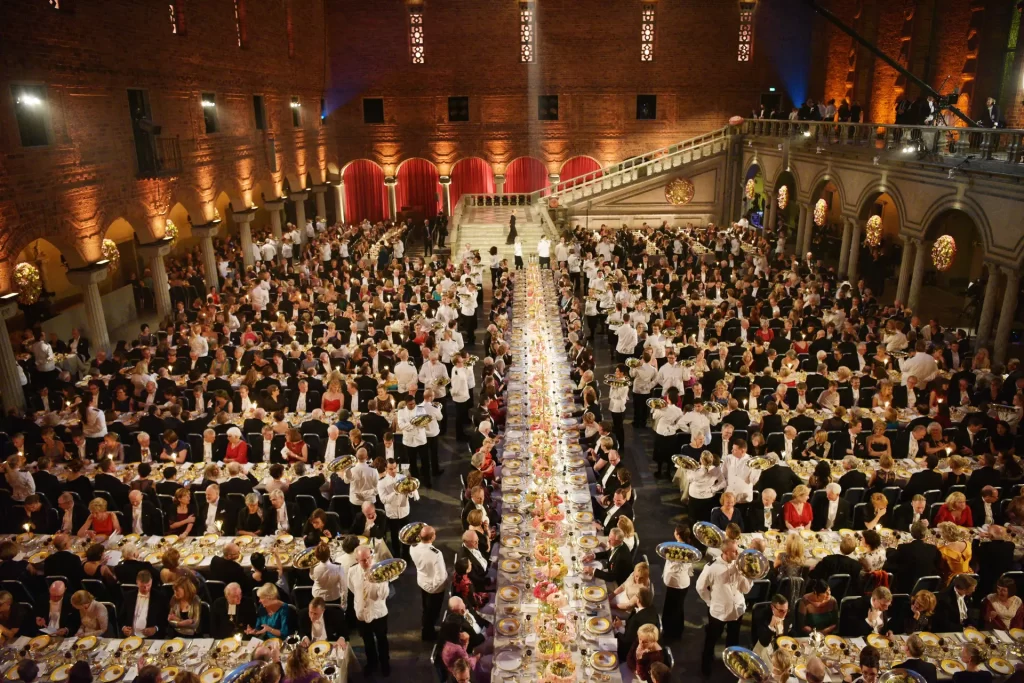
A trio for all the senses
With the Sörmland Hiking Trail, the Swedish National Touring Theatre and Liseberg Theme Park, Sweden has three birthday celebrants to satisfy all senses.
Are all Swedes outdoorsy? Not quite everyone, but Sweden sure offers plenty of nature for people that are. This, after all, is the country where the right of public access is cherished.
Sörmlandsleden, the Sörmland Hiking Trail, has brought locals and visitors 50 years of hikes in gorgeous surroundings. This trail in south-central Sweden offers some 1,000 km of varied landscape, with plenty of places of cultural and historical importance to spot along the way.
Divided into sections of varying difficulty, it boasts a highly diversified natural environment, from wide-open landscapes to dark forests to the sunny coastline – with plenty of lakes along the way.
Performance art for everyone, everywhere. That motto pretty much sums up the Swedish National Touring Theatre – Riksteatern – which turns 90.
It all began with one single theatre association in the town of Bollnäs in 1933. Today, it’s a network of more than 200 theatre associations across the country.
A true arena of co-creativity and development of new works, Riksteatern provides Sweden with some 60 touring productions every year. Not just theatre shows, but also circus, dance and music performances.
And in Gothenburg on the Swedish west coast, Scandinavia’s largest amusement park turns 100. From the wildest rollercoasters challenging the daredevils to bumper cars designed for small kids, Liseberg Theme Park has something for everyone, young and old.
It’s impossible to single out a favourite ride here, but do try the Big Wheel, which gives you a stunning view of the looker of a city that is Gothenburg.
Sweden’s largest Christmas market?
Mid-November, Liseberg turns into one huge Christmas market, with some 5 million lights installed across the park.
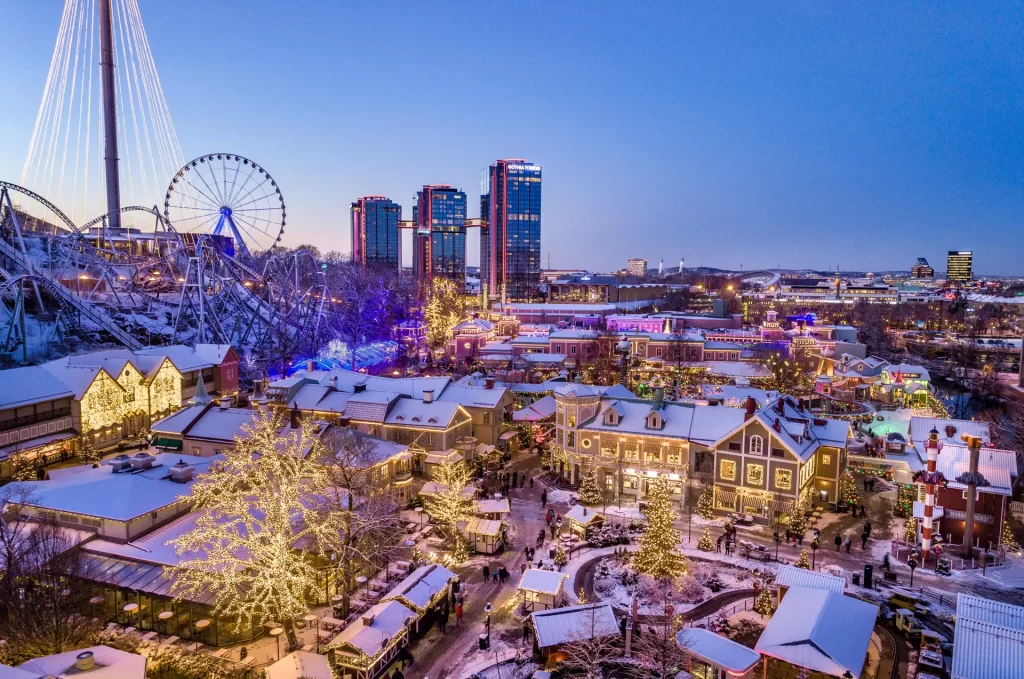
Lund Cathedral
Let it be known that Sweden itself is older than 500 years!
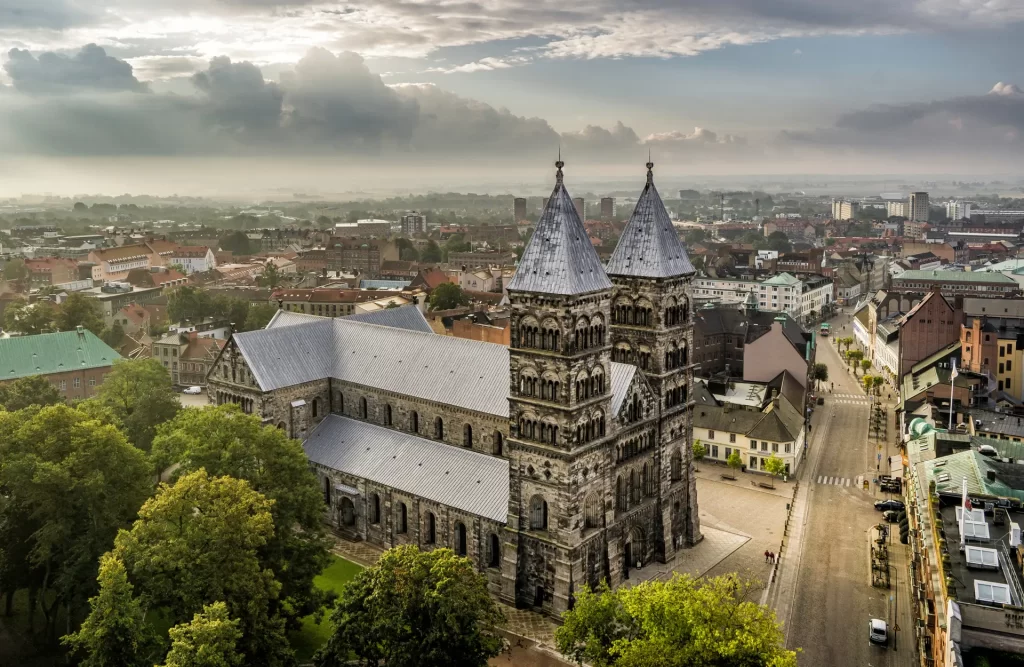
In the university city of Lund, south Sweden, lies Lund Cathedral, which this year celebrates 900 years. In 1123, the crypt of the cathedral was completed, with the altar inaugurated.
Back then, Lund belonged to Denmark, and was the episcopal see of northern Europe.
This prime example of Romanesque architecture, right in the heart of the city,has been re-built and polished quite a few times over the years.
Source: sweden

